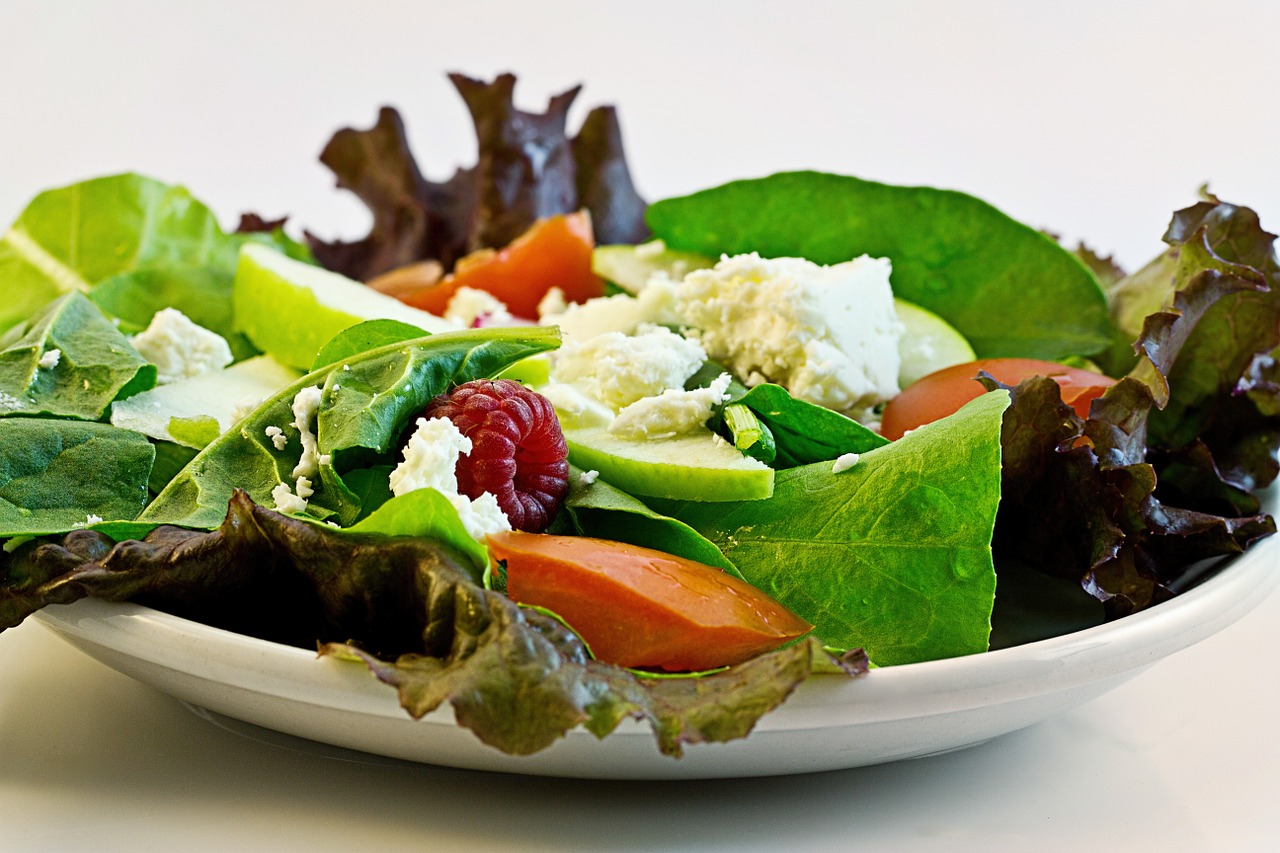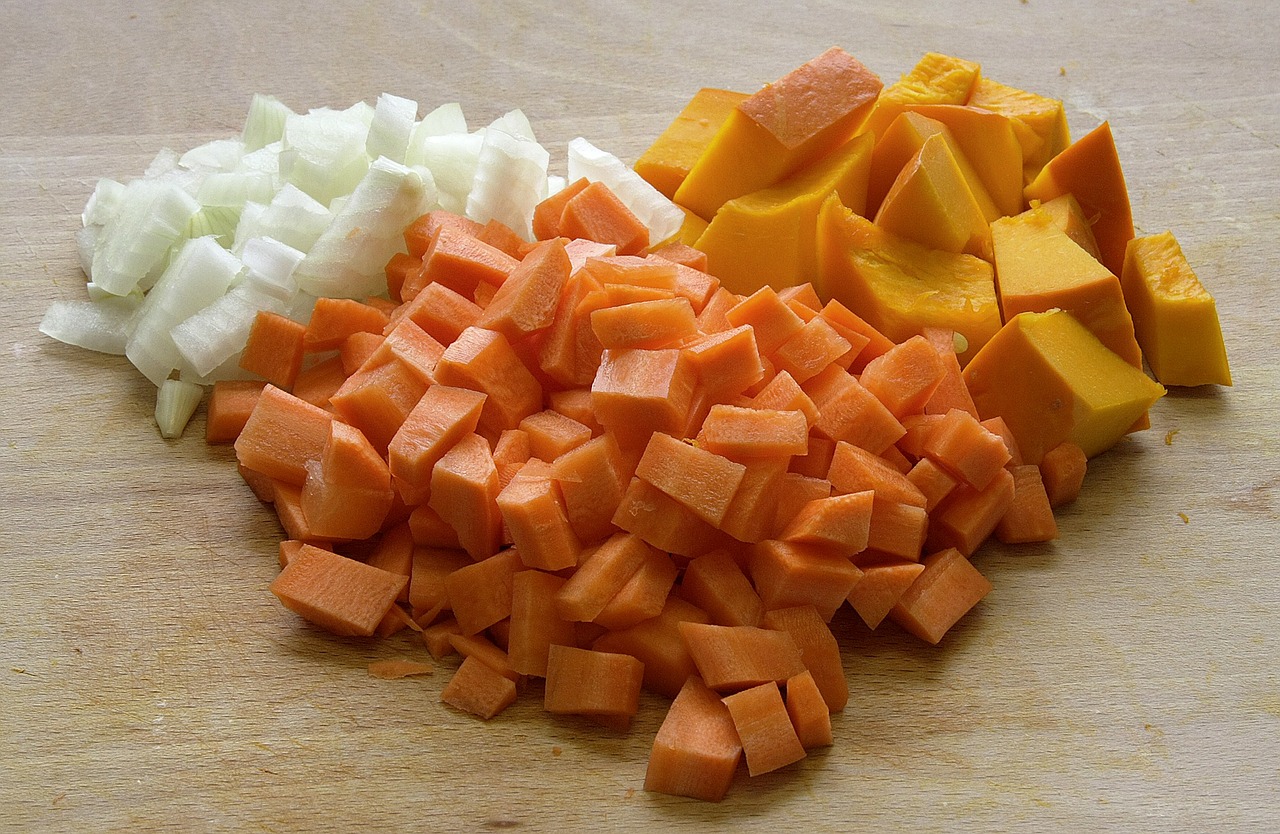The Paleo diet is an increasingly popular nutrition plan, basing itself on the diets of those in the Palaeolithic Era. It is also known as ‘The Caveman Diet’ or the ‘Primal’ diet, as it focuses on foods which could be obtained naturally in the wild.
We’ve compiled a beginner’s guide for you – find out which foods are considered Paleo, which are not, and some handy tips for those of you thinking of starting a Paleo diet.
Why go Paleo?
The Paleo diet encourages people to eat less processed foods, and therefore less high-calorie foods. It is meant to reconnect us with nature, and be a simple, clean diet. It is also intended to be a fulfilling, nourishing diet which means you are less likely to overeat.
Paleo advocators believe that modern foods like grains, sugar and processed vegetable and seed oils are the cause of many of the increasing health concerns we now face. So by eliminating these foods, and sticking to foods we would have eaten ‘back in the day’ it is believed to have great health benefits.

Foods to eat on a Paleo diet:
- Fruit and vegetables (these are rich in vitamins and antioxidants)
- Lean meats (will keep you satisfied after your meals)
- Fish and seafood (full of beneficial omega-3)
- Nuts and seeds (contain healthy fats)
- Eggs (high quality protein and vitamins)
- Coconuts (rich in fibre, vitamins and minerals)
- Sea vegetables (e.g. Seaweed which is packed with vitamins and antioxidants)
Foods to avoid on a Paleo diet:
- Dairy
- Wheat and other grains (e.g. barley, rye, oats)
- Processed foods and refined sugars
- Starches
- Alcohol
- Processed oils
- Soy
- Artificial sweeteners
Why no dairy?
Dairy is a bit of a grey area when it comes to the Paleo diet. Some believe dairy should be eradicated altogether, citing the protein property within processed dairy, casein, as a cause of deterioration to your gut lining, similar to how gluten does for those with gluten intolerances.
Many others believe it is fine to consume dairy, so long as it comes from organic, grass-fed cows, rather than ones fed genetically modified corns and foods. The best thing you can do is experiment, and adjust your dairy intake depending on your own choices, and whatever makes you feel best.
Due to a lack of dairy, calcium intake may be considerably reduced, but there are plenty of other sources to get your calcium from.
Dairy-free sources of calcium:
- Fish
- Green leafy vegetables
- Seeds, nuts and dried fruits
- Orange Juice with added calcium

See our guide to eating dairy-free for more information on what to eat, what to avoid, and alternatives.
Tips for a Paleo diet:
- Eat lots of fresh or frozen vegetables
- Eat only when you’re hungry
- Choose pasture-raised and organic meat where possible
- Cut out all cereal grains from your diet
- Eliminate added sugar (that doesn’t mean you can’t enjoy delicious desserts like this one)
- Avoid dairy products except perhaps butter and cream
Remember: The Paleo diet is generally considered as a framework to customise as you need to, tailoring it to your own personal needs and dietary requirements.
Take a look at our Paleo Recipes section for inspiration!
